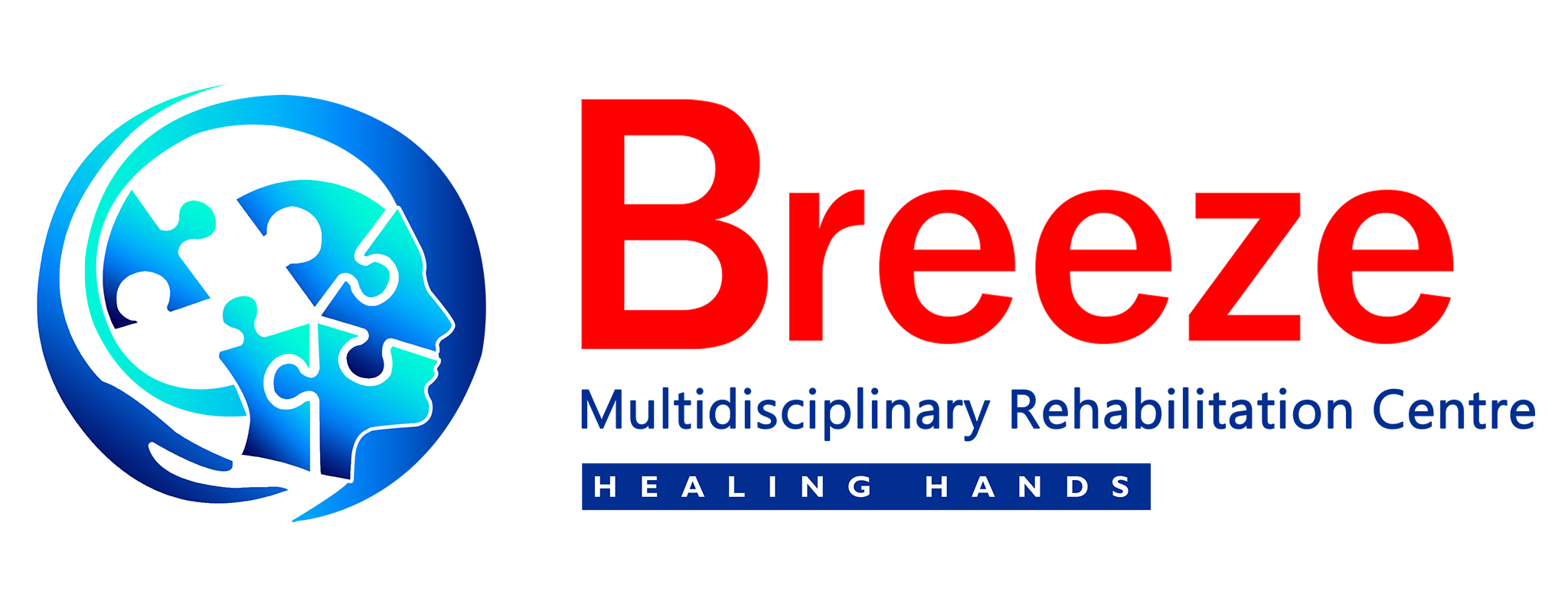
Cerebral Palsy
Cerebral palsy is a disorder of posture and movement that occurs secondary to damage to the immature brain before, during or after birth. This disorder is called a ” static encephalopathy “.
Cerebral palsy is also known as ” Brain paralysis” when damage occurs before birth or during the brain process, it is considered “CONGENITAL CEREBRAL PALSY”.
Cerebral palsy classified in to 2 types: 1) Pyramidal. 2) Extra pyramidal.
Pyramidal:
Pyramidal is related to spastic Cerebral palsy.
SPASTICITY: This type of Cerebral palsy occurs when brain damage Cerebral cortex (or) outer layer of the brain, ether at birth or very young age.
In spasticity the whole body will be in HYPERTONICITY.
Extra Pyramidal:
It Is divided in to 3 types
1) Athetoid cerebral palsy
2) Ataxic cerebral palsy
3) Mixed cerebral palsy
Athetoid Cerebral Palsy:
This type of Cerebral palsy is characterized by abnormal involuntary movement. The babies will be floppy . The movements will be Jerry tremors.
Children with athetoid cerebral palsy have trouble controlling movement in their hands, arms, feet, and leg, making hard to walk and grasp objects.
Symptoms of Athetoid Cerebral Palsy:
Muscle weakness .
Awkward (or) poor posture.
Too fast (or) too slow movements.
Pain while trying to move.
Involuntary tremors (or) movements.
Lack of co_ ordination.
Trouble talking (or) feeding.
Ataxic Cerebral Palsy:
It is characterized by problems with balance and co_ ordination.
Ataxic movements are Jerry and irregular.
Baby will have nystagmus ( related to balance).
Ataxix Cerebral Palsy issues are caused by damage to the developing brains motor control centers.
Signs and Symptoms of Ataxic Cerebral Palsy:
Imprecise motor skills.
Trouble walkng and balancing.
Issues with depth perception.
Tremors and shakiness.
Development Signs:
Walking with feet spread for a part.
Trouble bringing hands together.
Unsteady gait.
Trouble grasping objects.
Struggling with speech.
Slow eye movements.
Mixed Cerebral Palsy:
Mixed cerebral palsy when a child is experiencing symptoms of multiple types of Cerebral palsy, a group of neurological disorders that affect motor and developmental skills.
Mixed cerebral palsy occurs when a child exhibits symptoms of more than one type of Cerebral palsy.
Children diagnosed with mixed type cerebral palsy have sustained damage to the motor control centers in several parts of the brain.
Symptoms:
Abnormal reflexes.
Exaggerated, Jerkey movements.
Issue with co_ ordination.
Poor posture.
Tremors or shakiness.

